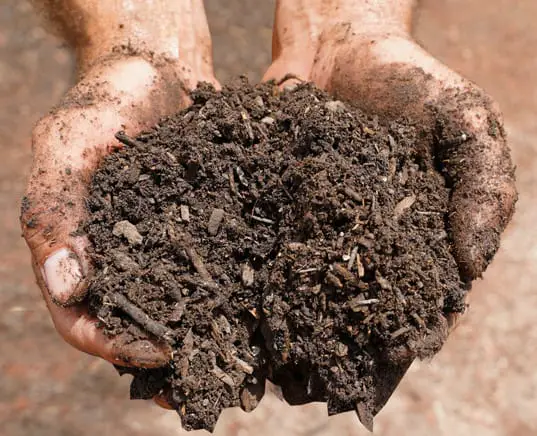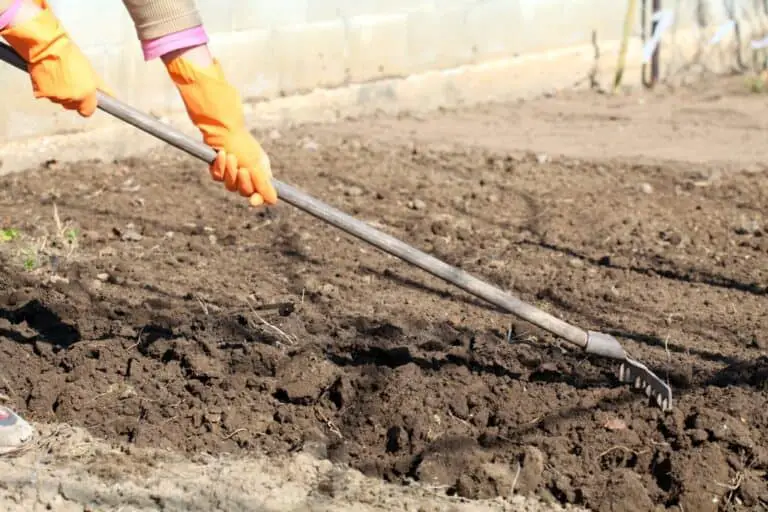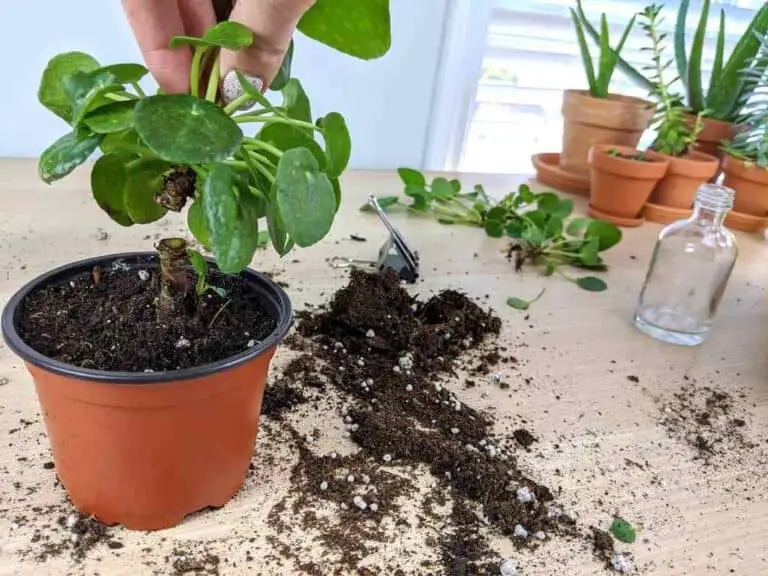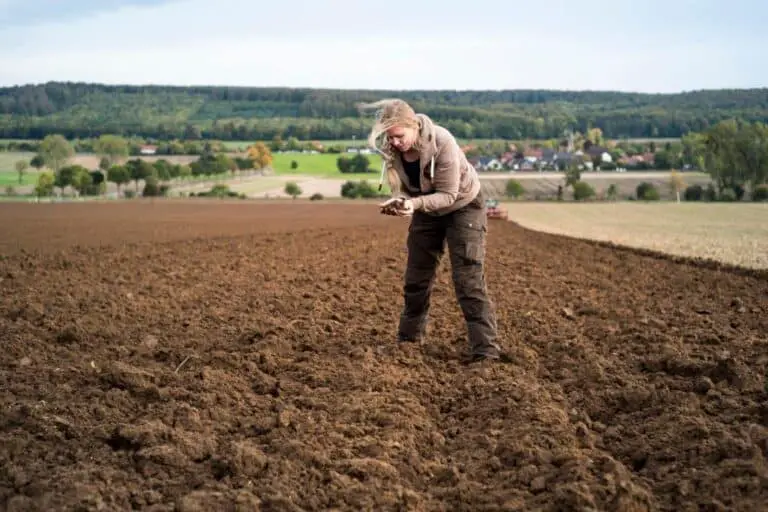How to Spread and Apply Compost on Your Lawn for A Lush Yard

Imagine your lawn as a vibrant green oasis, a patch of nature’s finest right in your backyard. Imagine it thriving without the need for expensive fertilizers or constant watering. It’s not a dream; it’s the power of composting.
Your lawn, like any living thing, craves nourishment, and compost is its gourmet meal. It’s not just about throwing some kitchen scraps onto the grass; it’s about mastering the art of spreading and applying compost for maximum benefit.
In this guide, we’re going to unveil the secrets of composting that can turn your lackluster lawn into a lush masterpiece. From choosing the right compost blend to the delicate dance of even distribution, we’ve got you covered.
This isn’t just about gardening; it’s about creating a vibrant ecosystem beneath your feet. So, if you’re ready to unlock the potential of your lawn, grab your gardening gloves, and let’s embark on a journey to discover how to spread and apply compost like a pro. Your lawn will thank you with a carpet of green like you’ve never seen before.
Why Compost is Essential for Your Lawn

Before we dive into the “how,” let’s take a moment to understand the “why” behind using compost on your lawn.
1. Nutrient Boost: Compost is a nutrient-rich organic material. It contains essential elements like nitrogen, phosphorus, and potassium, which are vital for plant growth. These nutrients are released slowly, providing a consistent and long-lasting food source for your grass.
2. Soil Improvement: Compost acts as a natural soil conditioner. It enhances the soil’s structure, making it less compacted and more porous. This improved structure allows roots to penetrate deeply, promoting healthier and more resilient grass.
3. Microbial Activity: Compost is teeming with beneficial microorganisms that break down organic matter, improving nutrient availability and disease resistance in your lawn.
4. Water Retention: The organic matter in compost helps your soil retain moisture. This means less watering and more drought-resistant grass.
Guide: Manure vs. Compost: Which Is Best for Your Lush Lawn?
How to Spread and Apply Compost on Your Lawn (Step-by-step Guide)
Step 1: Gather Your Supplies
Before you get started, you’ll need a few essential supplies:
- Compost: Ensure you have a sufficient quantity of high-quality compost. You can make your own compost or purchase it from a local garden center.
- Spreader: A broadcast or drop spreader is handy for even distribution of compost. You can also spread it by hand, but a spreader makes the job easier and more uniform.
- Rake: A garden rake will help you distribute the compost evenly across your lawn.
- Gloves: Protect your hands from any sharp debris or rough compost materials.
Step 2: Timing Matters
Timing is crucial when applying compost to your lawn. The best time to do this is in the early spring or late fall. These seasons provide the right conditions for the compost to work its magic without the stress of extreme heat or cold.
Step 3: Prepare Your Lawn
Before you start spreading compost, it’s essential to prepare your lawn:
- Mow: Begin by mowing your lawn at a shorter height than usual. This helps the compost reach the soil surface more effectively.
- Remove Debris: Clear any debris, such as leaves and sticks, from your lawn. You want the compost to make direct contact with the soil.
Step 4: Spread the Compost
Now, it’s time to spread the compost:
- Calibrate Your Spreader: If you’re using a spreader, make sure it’s calibrated correctly to dispense the right amount of compost. Follow the manufacturer’s instructions for calibration.
- Apply Compost Evenly: Start spreading the compost evenly across your lawn, working in parallel lines. Overlap each pass slightly to avoid missing any spots.
- Check Coverage: Periodically check the coverage by inspecting the lawn surface. Adjust your spreader settings if needed to ensure uniform distribution.
Step 5: Work It In
Once you’ve spread the compost, it’s time to work it into the soil:
- Use a Rake: Take a garden rake and gently work the compost into the grass. This ensures good soil contact and prevents the compost from sitting on top and drying out.
- Water: After raking, water your lawn thoroughly. This helps the compost settle into the soil and initiates the nutrient release process.
Step 6: Maintain Your Lawn
Applying compost is just the beginning. To maintain a healthy lawn, follow these post-application tips:
- Water Regularly: Keep your lawn consistently moist, especially during dry spells. Proper watering ensures the compost continues to release nutrients.
- Mow at the Right Height: Maintain your lawn at an appropriate height for your grass type. Different grasses have varying height requirements, so consult a local gardening expert if you’re unsure.
- Avoid Over-Fertilizing: Since compost provides slow-release nutrients, avoid over-fertilizing with synthetic chemicals, which can harm the environment and your lawn in the long run.
- Aerate as Needed: If your soil becomes compacted over time, consider aerating your lawn to improve airflow and water penetration.
See: How to Apply and Spread Manure for the Best Results on Your Lawn.
Composting Methods and Techniques
Composting isn’t a one-size-fits-all endeavor. Let’s explore the methods and techniques to find the one that suits you best.
Overview of composting methods:
- Hot Composting: This method involves maintaining high temperatures in your compost pile, resulting in faster decomposition.
- Cold Composting: A more laid-back approach, cold composting is simpler but takes longer to yield usable compost.
- Vermicomposting: If you’re into worms, this method uses earthworms to break down organic matter intorich, worm castings.
Composting is a journey with several stages, including decomposition, curing, and maturation. Understanding these stages will help you know when your compost is ready to nourish your lawn.
Like any living thing, your compost pile needs care. Turning it regularly, monitoring moisture levels, and troubleshooting issues are essential for a healthy compost pile.
Selecting the Best Time for Composting
Timing is crucial in the world of composting. Let’s explore when and how to apply compost to your lawn.
Seasonal considerations for compost application:
- Spring: Kickstart your lawn’s growth after winter.
- Fall: Fortify your lawn before winter sets in.
- Avoid extreme weather: Composting during scorching heat or freezing cold is less effective, so choose milder weather.
For compost to work its magic, the temperature and moisture levels need to be just right. Aim for the Goldilocks zone—neither too hot nor too dry.
Conclusion
Applying compost to your lawn is a simple yet powerful way to promote lush, green grass and improve the overall health of your soil. By following these steps and maintaining proper lawn care practices, you’ll enjoy a vibrant, thriving lawn that’s the envy of your neighborhood. So, grab your compost, spreader, and rake, and get started on the path to a greener, healthier lawn today!
FAQs on Spreading and Applying Compost on Your Lawn
Can I use compost from my kitchen scraps for my lawn?
Yes, kitchen scraps can be a valuable source of compost materials, but they should be properly balanced with other organic matter.
Is there a specific compost-to-soil ratio I should follow when applying compost to my lawn?
The ideal ratio varies depending on your soil type and lawn condition, so it’s important to perform a soil test and adjust accordingly.
Will composting attract pests to my lawn?
Properly managed composting should not attract pests; however, it’s essential to follow best practices to prevent potential issues.
Can compost be used as a standalone lawn fertilizer?
While compost provides nutrients, it may not contain all the necessary elements for optimal lawn growth. Consider supplementing with other fertilizers if needed.
How long does it take to see improvements in my lawn after applying compost?
The timeframe for noticeable improvements can vary, but you may start seeing results within a few months to a year, depending on various factors like soil condition and weather.
How often should I apply compost to my lawn?
Applying compost once a year is generally sufficient to maintain a healthy lawn. However, for even better results, you can do it twice a year, preferably in early spring and late fall, during the growing seasons.
Can I use homemade compost for my lawn?
Absolutely! Homemade compost is an excellent choice for your lawn, provided it’s well-composted and free of weeds. It’s an eco-friendly option that nourishes your grass and improves soil quality.
Is it necessary to turn the compost pile for lawn use?
While turning the compost pile can speed up decomposition, it’s not essential for lawn use. Well-matured compost can be used without turning, but regular turning accelerates the process.
What types of grass benefit the most from composting?
Most grass types benefit from composting, but cool-season grasses like Kentucky bluegrass, fescue, and ryegrass tend to respond particularly well to compost application, resulting in healthier, more vibrant lawns.






